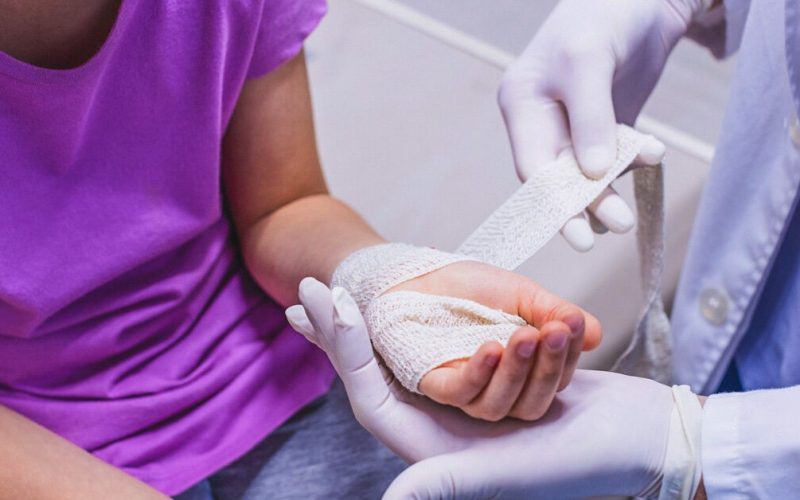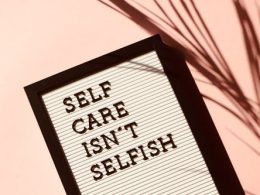So, you’ve done yourself a mischief: you’ve grabbed a hot pot handle; you’ve cut yourself on vegie duties; you’ve grazed your knee playing footy in the backyard.
Cuts, gashes, lesions and other nasty injuries can occur for many reasons, but the most important thing is to never allow them to become infected. Injuries become infected when nasty germs get all cosy and grow within the damaged skin, leading to really nasty outcomes like increased pain, swelling and even chills and nausea.
This is an outcome we can all do without, and so this is why you can’t skip on imperatives like Activeheal wound care when it comes to treating that nasty handle burn or knife puncture.
Here’s how to efficiently treat infected wounds at home:
Recognising the problem
First thing’s first, it is important to notice the symptoms of infection, bearing in mind that if one or more of the symptoms are quite severe then it is definitely time to head to your nearest medical professional:
- The skin around the injury is warm
- There is a green or yellow discharge (yuck!)
- It smells (double yuck!)
- There are red streaks around the site
- The victim is experiencing chills & fever
- They have aches or pains
- They are nauseous &/or vomiting
If you notice any of these grotty symptoms in their early stages, it is likely you can still treat it at home, so let’s take a look at how to do just that…
Treating the infected wound at home
You likely can treat a mild infection at home, but if the above-listed symptoms are more severe or are working alongside other symptoms – it is definitely a good idea to seek medical attention.
But for mild infections, here are some ways you can stop the problem in its grotty tracks:
- Clean all required equipment with rubbing alcohol;
- Thoroughly wash your hands with warm water and soap before giving them a good drying off;
- Run warm water over the affected area for a few minutes before cleaning the surrounding area (but not the injury) with soapy water;
- Ensure there is no dirt or gravel around the wound before using tweezers to remove any before carefully rubbing the wound with a damp cloth;
- You can apply some petroleum jelly or antiseptic ointment at this stage;
- Air-dry the skin before covering with some top quality wound care.
Some helpful tips for a little gentle post-care
Of course, treatment doesn’t end here, especially when you’re running the risk of infection.
This handy tips can also help prevent that truly unpleasant outcome from becoming reality:
- Changing wound dressing daily;
- Gently washing around the wound each day;
- Do not put iodine or hydrogen peroxide on the injuryl
- Don’t pick at the skin – it may be tempting to have a pick, but just leave it alone.
But always remember…
We’re not all medical professionals, and it can be hard to gauge whether or not our nasty little issue could become something much worse. If you have a bad vibe about your cut, gash, lesion, puncture – whatever – it’s probably for good reason, and you may require the necessary medical attention to ensure the problem doesn’t exacerbate.
So, always remember, if your injury is experiencing severe symptoms of infection, or those rancid symptoms are colluding to make you more and more unwell, then it is absolutely time to get in the car and head to your nearest medical professional, as they will then be able to provide you with a treatment plan that will stop the infection in its dirty tracks!









